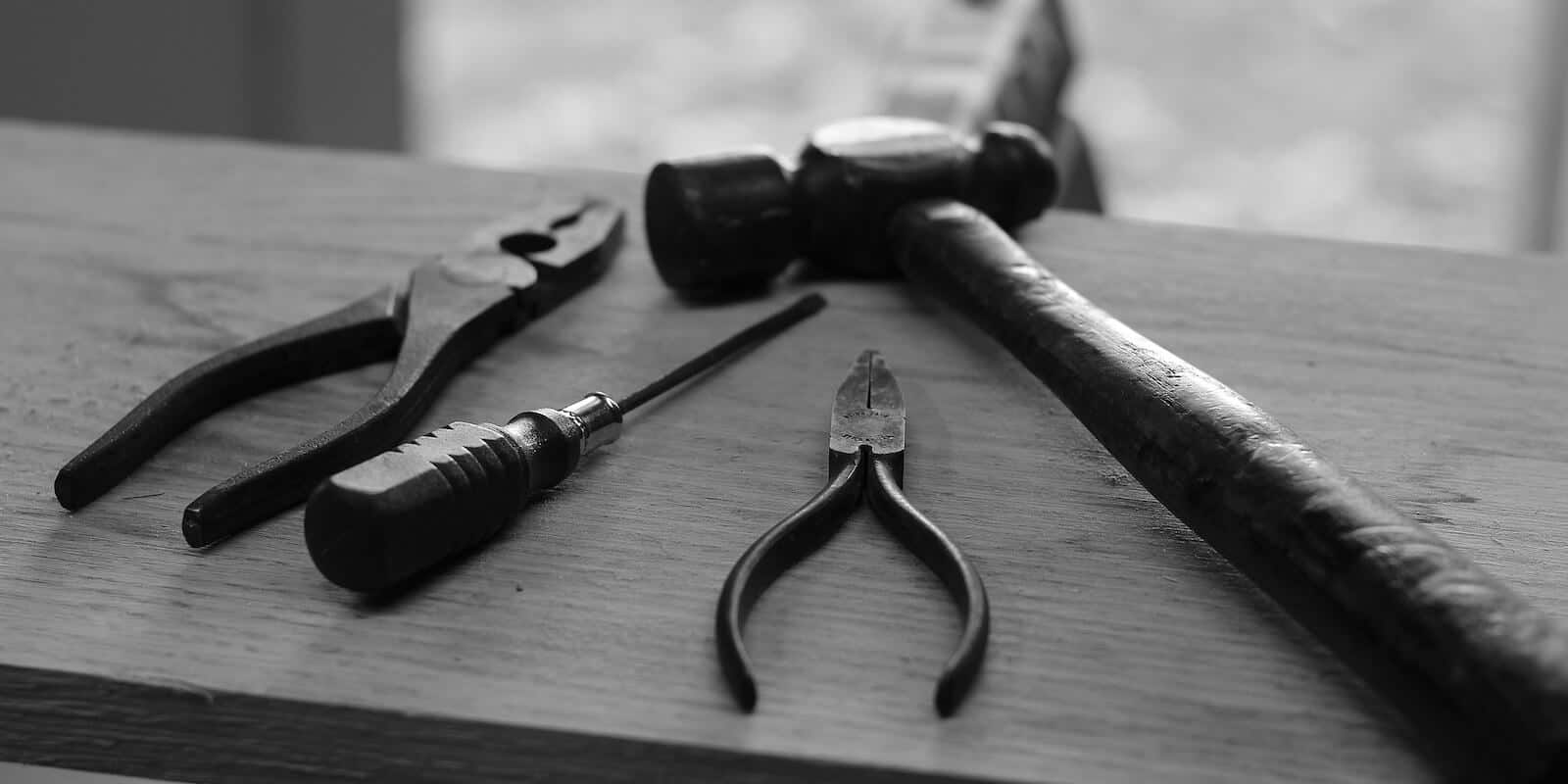
Best Personal Loans For Home Improvement
*Terms are for unsecured loans and may vary for secured loans.
Americans love their homes — about 64% of us own the residences in which we live, according to the latest figures from the U.S. Census Bureau.
We also enjoy renovating our humble abodes. Sometimes, we repair our homes simply to keep them from falling apart. Other times, we remodel rooms to enhance our lifestyle.
But whatever the reason, we expect all these renovations to increase the value of our home. Does it make sense to take out a personal loan for home improvements? The answer depends on several different factors.
Following are some of the pros and cons of using a personal loan for home improvements.
Pros of using a personal loan for home improvements
Many people use a home equity loan or home equity line of credit to finance their home renovation project. However, doing so puts your home at risk should you fall behind on loan payments.
Using a personal loan for financing eliminates this danger.
“You are not risking the home itself as you might with a home equity loan, where the home is used as collateral,” says Mathieu Despard, executive director of the University of North Carolina at Chapel Hill Center for Community Capital.
A personal loan especially makes sense if you only need a modest amount of money to finance the improvement or renovation, Despard says.
Using a personal loan to finance home improvements also can help you strengthen your credit history as you repay the loan in fixed installments over time.
“Making on-time payments and paying the balance in full will help you maintain or even improve your credit score,” Despard says.
Cons of using a personal loan for home improvements
However, there are some disadvantages to using a personal loan to fund renovation. For starters, there is one obvious — but all too often overlooked — danger.
“As with any home improvement or renovation, you may not realize a return on investment,” Despard says.
For example, when you sell your home, its market value might not have increased in an amount that exceeds the total cost of the loan. Or the shoddy quality of the materials or work might negate any potential gains in value.
“It is never a certainty that a home improvement or renovation will improve the value of your home,” Despard says.
In addition, taking out a personal loan — or borrowing in any way — can create a mountain of debt that your income does not allow you to repay. This is especially true if you already carry additional debt in the form of mortgage, credit card, student loan or car loan.
“If you become delinquent or default on a personal loan, it will damage your credit score,” Despard says. That might make it more difficult — and more expensive — to borrow in the future, he says.
Check Rates
Avoid debt if you can
If a personal loan makes sense for you, make sure to shop around to get the best deal.
However, Despard says that — if possible — it is best to fund home improvements without going into debt at all.
“A work bonus, tax refund, inheritance, or some other windfall might be a good way to finance home improvements,” he says.
Tapping into savings is fine, too. But do not dip into your emergency fund, or your college or retirement savings, Despard says.
“If you don’t have enough in savings, (set) aside money each month toward to the total cost of the project,” he says.
Once you have saved enough cash to pay for your renovation, let the work begin.




